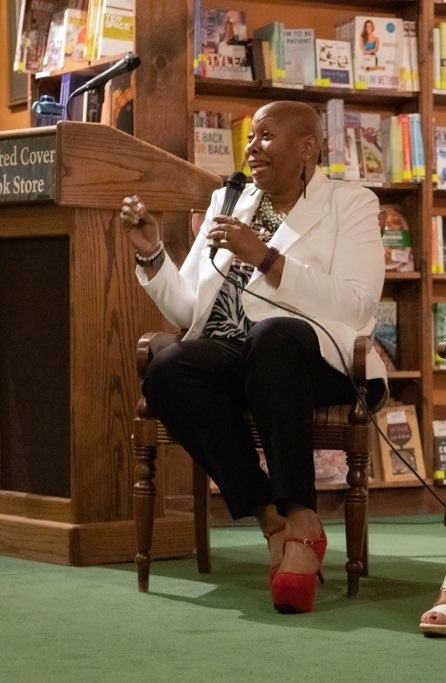Ain't Nothing to It but to Do It
- nowatapress

- Feb 14, 2024
- 3 min read
Updated: Feb 14, 2024
Time's a-wasin'. Let's get rolling on building our books...
Grab your Build-a-Book supplies, be they analog or digital. We're going to use this post to get you rolling on putting your book vision together.
Step 1: Section off your Notebook / Set up your files.
Sections/Headers/Labels. Suggested headers:
Vision
Story
Production
Step 2: Break out your sections into sub-sections. Suggested sub-sections:
Vision
Title(s) - title ideas will come and go, capture them here
Theme(s) - overarching, high-level, general idea
Desired word count - see below for possible totals by genre
Desired format(s) - hardback, paperback, digital, etc.
Price - general idea; you'll refine this later
Cover image idea(s) - images you might want to use for the book cover; artists you'd like to work with, etc.
Desired sales numbers - dream big; how many copies would you LOVE to sell upon release
Story
Plot outline - for non-fiction, this could be the theme, concept, main lesson...
Setting - where's the action taking place
Timeline - when does the action take place
Characters - again, non-fiction writers, use this section to define key concepts, specific steps in a process, or the key real-life people involved
Story arc - click HERE to learn how Story Arcs work
World Rules - how do things* work in the story you're telling?
Writing Schedule - click HERE to learn how to set your writing schedule
Draft - get to writing!
*magic, politics, social media, etc.
Production
Resources - research printers, book manufacturers, publishing companies that work with self-published authors
Production Timeline - from start to finish, what are the main tasks that need to take place and when
Budget - how much (really) is this going to cost you?
Marketing Plan - stay tuned, I'll be talking marketing in March
Now that you have your files set up, let's do a little filling in. I'm going to put 90 seconds on the clock. Grab a piece of paper or open a blank document. This is going to go in your Vision section.
Now, pick one of the sub-sections and while the clock is running, start writing your thoughts and such for that section. For example, if you chose "Titles", then use the 90 seconds to write down as many title ideas as come to mind.
For whatever sub-section you choose, keep in mind what you write down now doesn't have to be pretty and you're not under any obligation to use what you put down. Your Build-a-Book is the place you come to clear your mind of all the details and, let's be honest, distractions related to your book project that can interfere with the actual writing.

Now that you're considering writing and self-publishing, I've got a couple of ways to help you put your Build-a-Book to use.
First, join my Sistahs in Self-Publishing partner, Willmetta Owens, and me as we host a FREE workshop covering the top 5 lessons we've learned during our combined 15 years of self-publishing our work. Click HERE for the details and to reserve your seat.
Second, I'm re-opening my Simply Self-Published Online Course & Coaching Program! Invest $150 and get 12 weeks of live coursework and individual coaching on writing and self-publishing your book. By week 12, you can have a complete first draft and all the sections in your Build-a-Book completely filled in.
Use the button below to grab your spot - space is limited to 15 participants. Registration closes March 2nd; the course kicks off on March 9th.
So that's going to do it for this week. I'll see you back here next Wednesday!
As always, sending light & inspiration,
Dana
About Word Counts...
Generally, 50,000 would be considered the minimum word count, and ideally, a novel should be over 70,000 words. On the upper end, a novel over 110,000 words is considered an epic. That's the level where publishers are likely to suggest dividing a story into multiple volumes
If you're writing an adult novel, the target you should aim for (knowing you won't hit it exactly) is around 80,000 - 90,000 words. As for children's books, here are the general targets:
Picture books: 350 - 600 words.
Early readers: individual publishers set targets according to reading level but under 3,500.
Chapter books: 6,000 - 10,000.
Middle grade or tween novels: 30,000 - 45,000.
Young adult: 55,000 - 70,000.[1]
[1] Quoted from How to Write a Book Now website.


Comentários